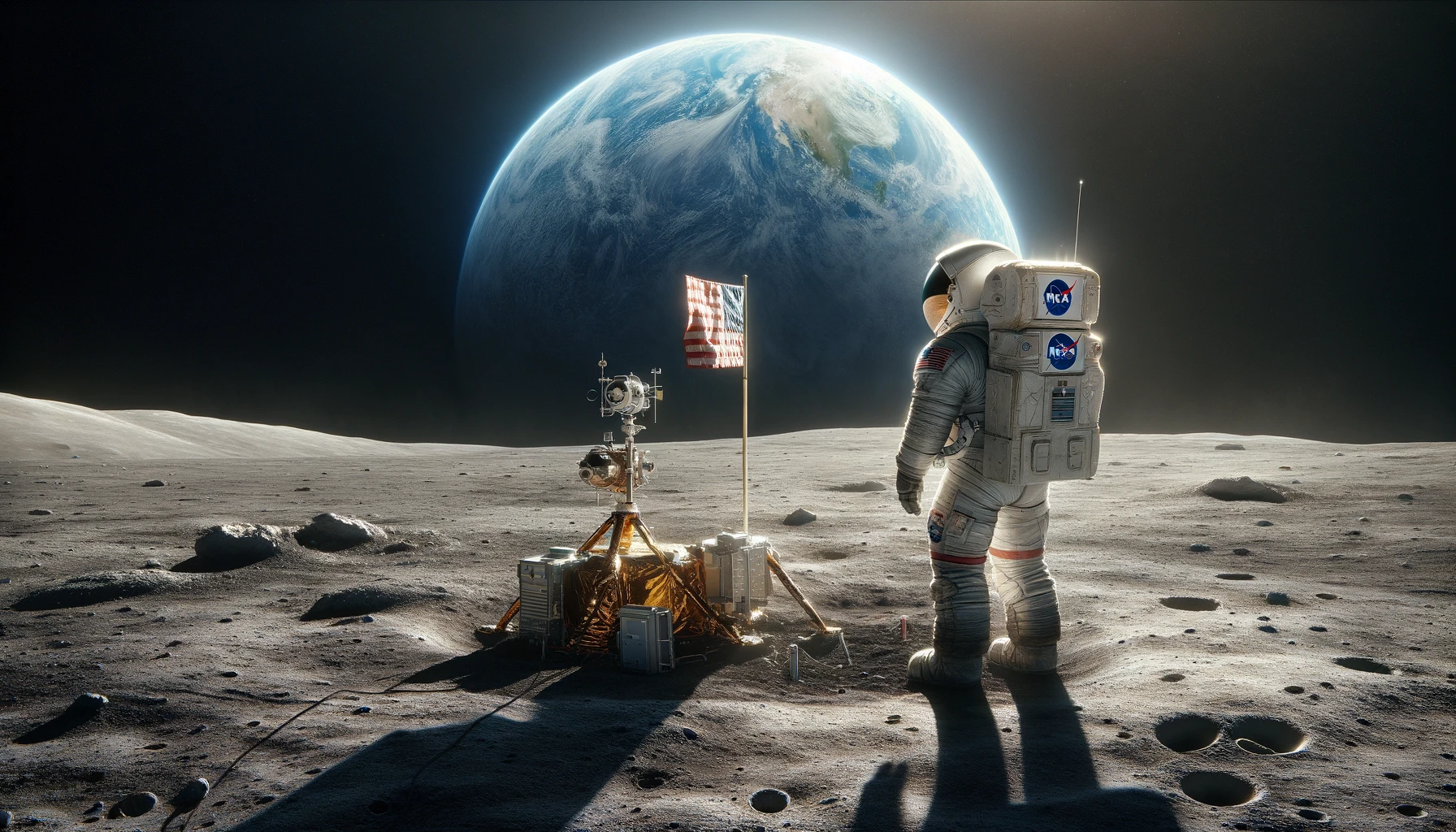NASA is embarking on a mission with UVEX (UltraViolet EXplorer), a space telescope slated for a 2030 launch, to conduct a detailed survey of ultraviolet light throughout the sky. This endeavor aims to enhance understanding of galactic and stellar evolution. UVEX, recognized as NASA’s forthcoming Astrophysics Medium-Class Explorer mission, will notably perform a highly sensitive all-sky survey and respond swiftly to ultraviolet light sources across the universe.
Dynamic Universe Observations and Collaborative Efforts
UVEX’s capabilities extend to monitoring violent cosmic events, including the explosions following gravitational wave bursts from merging neutron stars. Equipped with an ultraviolet spectrograph, the telescope will scrutinize stellar explosions and massive stars. NASA’s Nicola Fox highlights UVEX’s role in comprehending the nature of galaxies both near and distant, and the dynamic changes within the universe. She anticipates new research paths will open due to the mission’s unique ability to capture near-and far-ultraviolet light.
Building a Modern Cosmic Map
The UVEX mission will work in conjunction with other wide surveys, like ESA’s Euclid mission and NASA’s Nancy Grace Roman Space Telescope, to form a contemporary, multi-wavelength universe map. NASA’s Mark Clampin emphasizes the mission’s potential to leave a valuable data legacy for future scientific endeavors and to tackle one of astrophysics’ current priorities—observing rapid cosmic changes.
After thorough examination and comparison with existing NASA astrophysics projects and resources, UVEX was chosen to progress into development alongside other mission proposals. With a two-year mission plan, UVEX is budgeted at approximately $300 million, not including launch costs.
Fiona Harrison of Caltech leads the mission with contributions from the University of California at Berkeley, Northrop Grumman, and the Space Dynamics Laboratory. The Explorers Program, under which UVEX falls, is NASA’s longest-running initiative, offering frequent, cost-efficient space access for science investigations. Since 1958, the program has launched over 90 missions, including groundbreaking explorations that have earned Nobel prizes.
Managed by NASA’s Goddard Space Flight Center, the Explorers Program plays a crucial role in a wide range of research activities, from Earth studies to deep space exploration.










